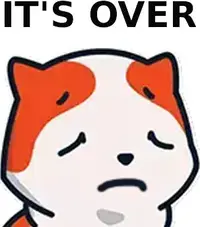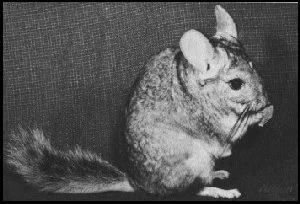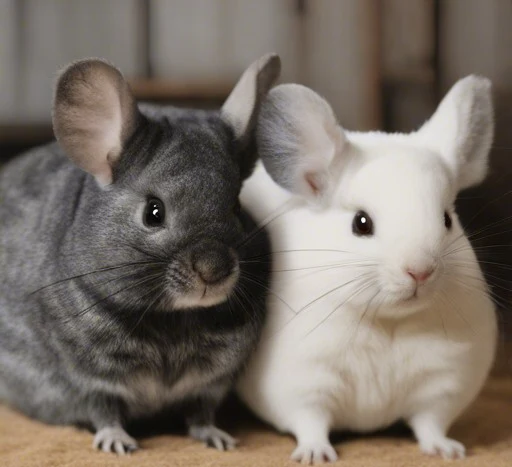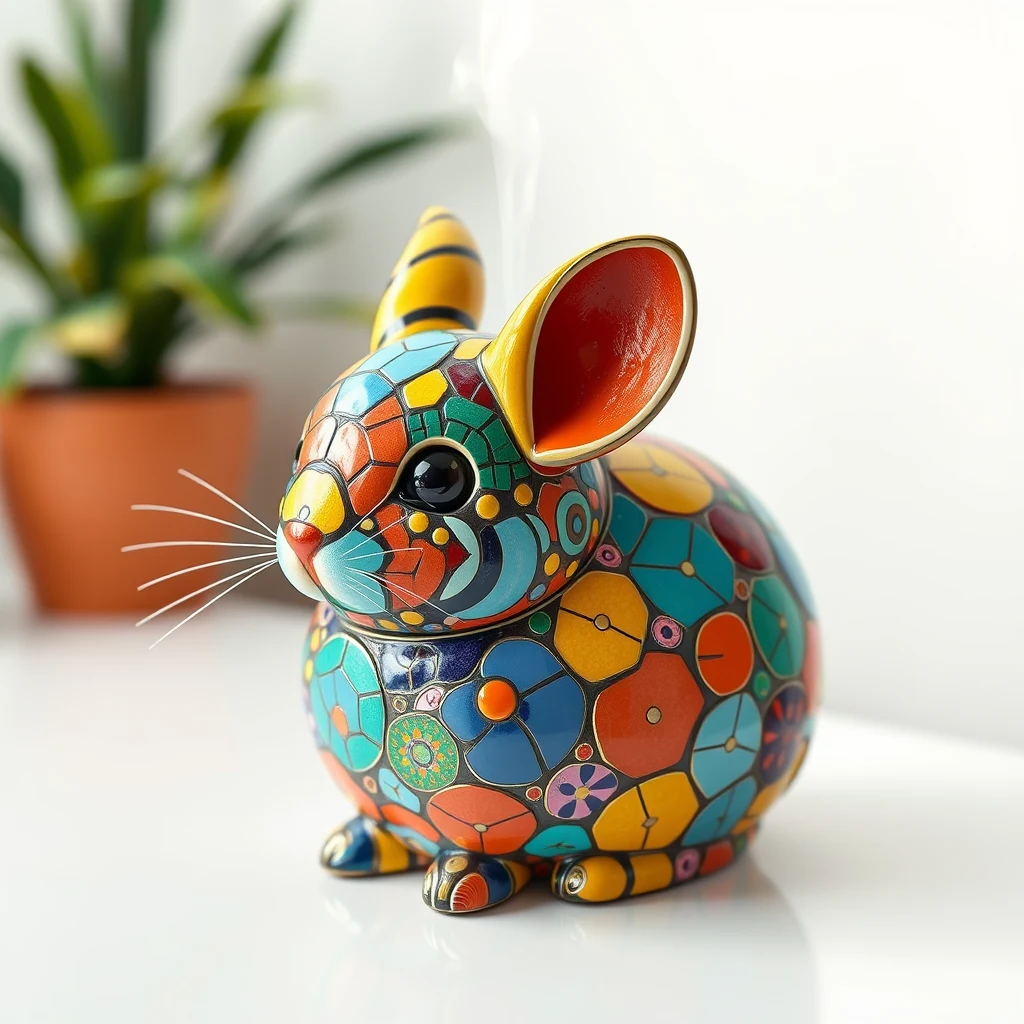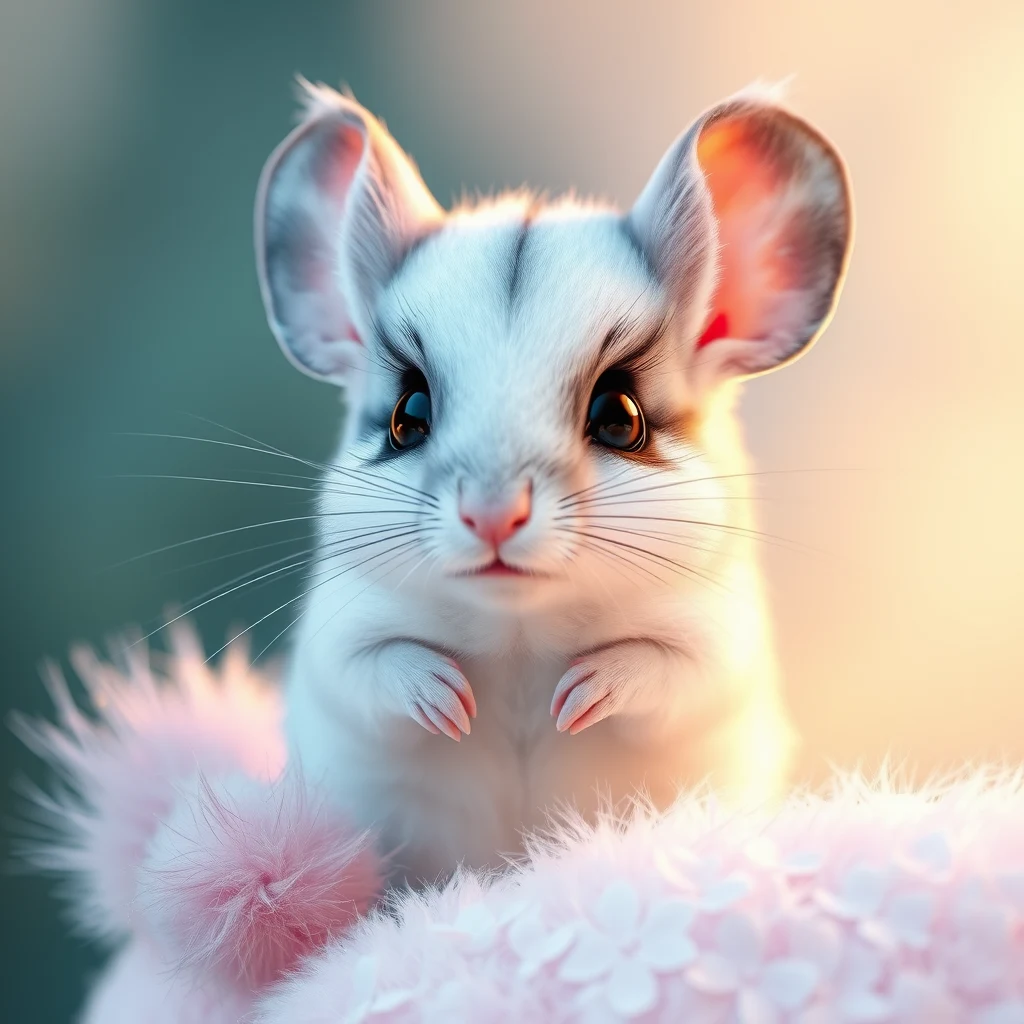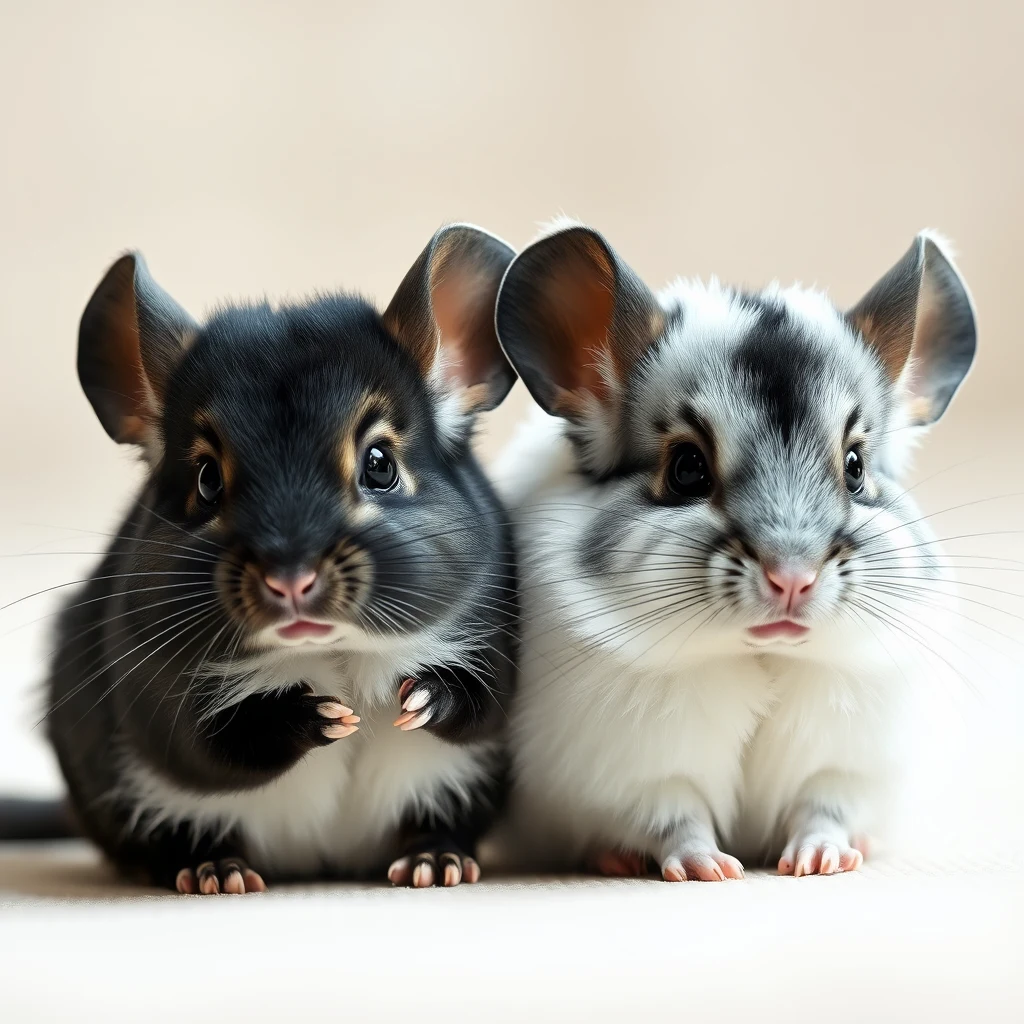- 4
- 6
That the Chinese were roasting chinchillas in the mall and handing out free samples.
I didn't take any bc I'm vegan, I just played with one of the live ones.
- 44
- 80
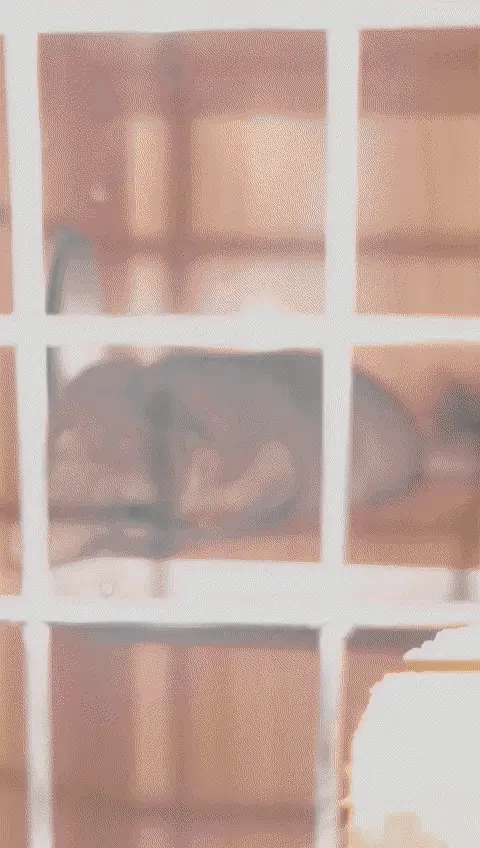 He's not handling the rejection well
He's not handling the rejection well 
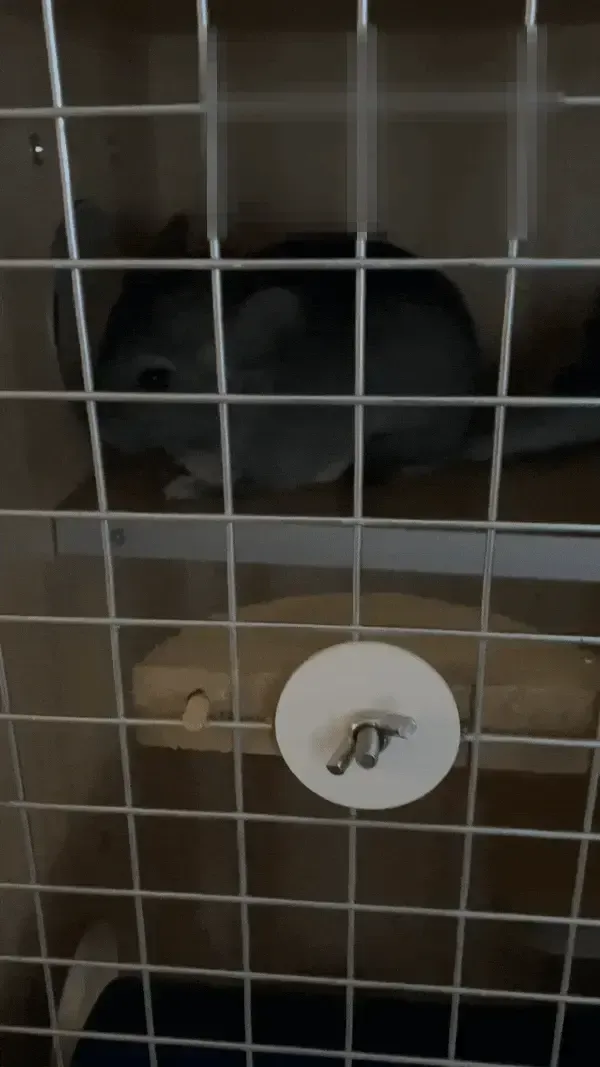 Luckily he has the typical short-term memory of a moid and forgot about the incident soon after and started bouncing around, while the poor mayo is still hiding and being vigilant
Luckily he has the typical short-term memory of a moid and forgot about the incident soon after and started bouncing around, while the poor mayo is still hiding and being vigilant 
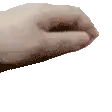

I suspect he's an exhibitionist or something because he only tries to surprise s*x her when I let them out 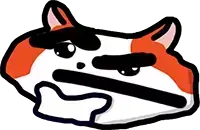 I don't see him try any of his moid nonsense in the cage and in the morning they still cuddle together and sleep
I don't see him try any of his moid nonsense in the cage and in the morning they still cuddle together and sleep  Maybe they bang but the mayo doesn't want to be part of his fetish idk
Maybe they bang but the mayo doesn't want to be part of his fetish idk
- 1
- 13
- 3
- 27
- 3
- 37
She kept trying to nuzzle the camera 
- Slippery_Jim : See, this title and the 18+ doesn't fill me with desire to click on this.
- 27
- 49
- 10
- 30
- free_palestine : too cute
- 29
- 63
- 9
- 54
- 6
- 11
As many of you have noticed, there is a person who keeps making new reddit accounts to post in here, describing cruelty to chinchillas.
If you see a post you suspect is from this person, just report it and move on. Block them if you don't want to see anything else they said. Please do not respond to them, even if you think you have the wittiest comeback. They want your attention and your outrage, regardless of the form they take. (Yes, I'm aware this notice also gives them attention. Can't be helped).
Also, please report posts even if you think someone else must have done it already. The auto-mod will remove posts with a certain number of reports, even if no human moderator is around to act on them. So the quicker you bury the troll in reports, the fewer visitors to the sub have to see their comments.
Thank you.
- 1
- 4
- FinnaFleeTHC : Save Carp: https://rdrama.net/post/141731/save-carp-take-this-poll
- box : ANIMAL ABUSER INSIDE DO NOT LOOK
- 28
- 119
- 8
- 22
- 38
- 122
Why does uploading gifs directly on the site keep failing nowadays 
- 2
- 13
- garlicdoors : chinchilla!
- box : Hat
- 4
- 53
- 1
- 16
- 1
- 15
This is the story of the man who domesticated the chinchilla, as those of us who own chinchillas have Mr. M. F. Chapman to thank for these beautiful and sweet pets. Nearly every pet chinchilla alive today is a descendent of Mr. Chapman's original herd.
The chinchilla was not known outside of its natural range in the South American Andes until the 1500's when the Spanish conquered the Chincha Indians. Chinchilla furs were shipped to Europe as gifts to royalty. Chinchilla fur gained popularity in Europe during the 1700's and, by the 1800's, trappers were managing to decimate the wild chinchilla colonies that remained. In 1899, the "Chinchilla King" Richard Glick, of Leipzig, Germany, handled 78,500 pelts, and more than 300,000 pelts in 1900 and 1901. It is estimated that over a million chinchillas were trapped and their pelts shipped to Europe during this time. Finally, with the chinchilla nearly extinct, the South American governments passed laws outlawing the trapping and killing of chinchillas.
Mathias F. Chapman was working as a mining engineer for Anaconda Copper in Chile in 1918. One day a local native Chilean Indian brought a chinchilla he had captured to Chapman's camp in a tin can to sell. Chapman bought the chinchilla and became more and more interested in this little animal. From his experiences with this chinchilla he developed a plan to obtain more of these animals and transport them to the United States. Originally, his thought was to breed chinchillas as pets, but later he conceived the idea of raising chinchillas for the fur market. In 1919, Mr. Chapman set about capturing as many chinchillas as possible so that he could establish a breeding population.
There were several different "types" of chinchillas in the Andes. The smaller Costina type was found at lower elevations, the larger Lanigera type was found in the higher altitudes and a third, C. brevicuadata found at the highest and most remote locations. Costina and Lanigera can interbreed for fertile offspring whereas crossing to brevicuadata creates mostly sterile offspring. M. F. Chapman's home at Potrerillos, Chile, was at an elevation of 10,400 feet which is estimated to be about the demarcation elevation of the smaller Costina and the larger Lanigera types. Since most all of the lowland chinchillas had already been trapped out by the time Chapman began his collection, it is thought that most of his animals were of the Lanigera type.
The search for chinchillas was not an easy one. When his 23 trappers brought in fewer chinchillas than expected, Chapman stepped up his plans and many field trips were taken. Living conditions were primitive. Supplies had to be transported long distances. The search which took from 1919 to 1922, covered immense areas including trips into Peru.
One trapper who captured a chinchilla reported that it had taken four weeks to return from where the chinchilla was captured. The chinchilla was carried by donkey in a container made of a five gallon oil can. It had been fed, but had been given no water since the Indians believed that chinchillas did not drink and would die if given water. It is believed that this chinchilla was trapped between an elevation of 14,000 and 18,000 feet
It took three years for Chapman to acquire just eleven chinchillas worthy of breeding. It is not known how many were of the Costina type and how many were of the Lanigera type, but it is clear that the eleven chinchillas represented different types from different areas. Of these eleven chinchillas, it is known that only three were females.
At this time, in 1922, Chapman began the process of gradually working his way down from the mountains with his precious collection. The trek from his home at over 10,000 feet to sea level was taken in several stages to give the animals a chance to adjust to the change in altitude. The chinchillas traveled in large wooden cages that Chapman had specially built. They were shaded from the direct sun and, when necessary, were cooled with ice. Thanks to Chapman's care, all eleven chinchillas made it down the mountain.
Also during this time, Chapman was working on getting permission to bring his chinchillas to the United States. At first, he was denied permission to take the chinchillas out of Chile. However, his persistence paid off and the Chilean government finally granted permission to export the chinchillas in 1923.
Also during this time, Chapman was working on getting permission to bring his chinchillas to the United States. At first, he was denied permission to take the chinchillas out of Chile. However, his persistence paid off and the Chilean government finally granted permission to export the chinchillas in 1923. Once down the mountain, the chinchillas were transported via railroad to the coast. From there they traveled via the coastal steamer Palena to Callao. In Callao, Chapman and his wife, together with the eleven chinchillas boarded the Japanese freighter, Anyu Maru, for their voyage to San Pedro, California.
In order to get his chinchillas aboard the ship, Mr. Chapman had his friends bring the chinchillas aboard in their pockets. Only after they were well out to sea did Mr. Chapman inform the captain that he had the animals in his cabin. Chapman had the cages brought up from the hold and threatened to sue if there was any interference with the chinchillas. In order to fight the heat during the trip, both Mr. and Mrs. Chapman took turns stocking the ice compartments built into the cages and draping the cages with cooling wet towels. When they arrived in San Pedro on February 22, 1923 (Washington's birthday), the Chapmans had twelve chinchillas with them. One chinchilla had died during the voyage and two babies were born.
The twelve chinchillas stayed briefly in Los Angeles until the first US chinchilla farm was built in the high desert area of Tehachapi, California. Mr. Chapman endured several problems at first. From the start he had problems with chemical matter in the spring water. It was thought this contamination may have affected the chinchillas' ability to reproduce. Then he had to deal with the theft of nearly half his herd. The thief's broke the padlocks off the doors of the chinchillas' houses. On the right is the Chapman Farm at Tehachapi, California, where the farm was set up after its first temporary location in Los Angeles, California. During the escape the animals were taken across hot deserts by car and many perished. The remaining animals left the country on a tramp steamer from Brownsville, Texas, on their way to Europe. Mr. Chapman's efforts to secure the return of these animals ended up with the authorities in Europe ordering that the animals be turned over to a Doctor Muller, where the last of these animals expired.
After so many disappointments and losses, Mr. Chapman moved back to the Los Angeles area. The exact location was 4957 West 104 Street, then a county area, but identified by its post office as Inglewood. At this second location, Chapman endeavored to approximate the conditions in the wild. This was hardly an easy task. The following pictures are of the first, and second series of buildings constructed at 1457 W. 104th Street, Inglewood, California.
Not too long after the construction of the first building was completed, a second set of buildings, even more interesting and imaginative, were built. A large retreat of brick was built, adjoining an open room. The brick room was 6 x 8 feet and high enough to stand up in. There was six inches of soil on the ceiling for insulation. Above the ceiling was an air space of 12 inches, topped by a good roof. The cage area was about 6 x 6 and was also high enough for a man to walk into.
Each cage contained an insulated nest box, as seen below, which was developed by M.F. Chapman. The idea was to provide the needed environment to establish this animal in captivity and not to be concerned about the economics. Thanks to Mr. Chapman's concern and ingenuity his chinchillas thrived.
Mr. M. F. Chapman died on December 26, 1934, eleven years after beginning the domestication of the chinchilla. Mr. Chapman's grand experiment literally resulted in the birth of the chinchilla industry. In later years, there were a few Costina type chinchillas and a few Brevicaudata type chinchillas that were imported from South America and crossed into some of the early chinchilla herds. However, the foundation of today's chinchilla herds can all be traced back to Mr. Chapman's eleven original animals. Some of M. F. Chapman's original eleven chinchillas survived him. One of his animals (the eighth one caught and for that reason tattooed with the number 8), lived to be about 22 years old. His exact age was not possible to establish since he was born in the wild. He was nicknamed Old Hoff, for the German blacksmith who built the shipping cages used to transport Mr. Chapman's chinchillas to the United States.
Mr. Chapman's early structures approximated the conditions of the wild. He built a large retreat of brick with an adjoining room. The original structures promoted open air, large space and insulated nest boxes. The housing provided areas of protection from and full exposure to the local climate. The animals were offered a variety of feed and many places to exercise. In the early days, most people did not even know what a chinchilla was and the fur industry had yet to establish a stable market for the domestic chinchilla furs.
Over the years Chapman did some experiencing with the chinchilla's housing and diet. As the herd developed, they were offered for sale. Once the herd was established, their cost soared as high as $3200 per pair. By the mid-1960's thousands of chinchilla ranches were created, and chinchillas began to be offered as pets, their price usually $100 per animal. With approximately 3000 ranches throughout the Unites States and Canada breeding chinchillas, their success as pets can only be given to M.F. Chapman for his dedication to the chins well being in the beginning. This interest lasted the remainder of his life.
In the late twenties the chinchilla population expanded 35% per year. By the early thirties it was up to 65% per year. By the end of the thirties, production was doubling yearly at times. By the early forties, females were averaging 2.5 young per year. As time went on, floor space was cut in half as the chinchillas did well with less exercise. Adopting the principles of raising poultry, raised wire bottom cages were used with the droppings falling to the floor below- a major change from the original wooden cages. After Mathias Chapman died in 1934. His son, R. E. Chapman, continued the business creating the "WORLD'S ORIGINAL SOUTH AMERICAN CHINCHILLA FARM" in 1942. This was an era of many changes and it became evident that chinchillas would be saved from extinction. There were now a few hundred ranches worldwide and savvy advertising along with the ease of care caused a massive boom (and some unfortunate busts).
In the 1950's, there were chinchilla ranches in most of the developed world except Asia and Australia. The US alone had several thousand breeders by the mid 50's and it seemed like everybody had a couple of breeding pairs in their garage with the promise of easy money. Ranchers continued to innovate with buildings, cages and equipment and management systems to suit local climates.
By the middle 1960's, thousands of ranchers throughout the United States and Canada were raising them. As their numbers grew they were finally offered as pets. One magazine offered pet Chinchillas for $100.00 a piece. The ad described them as "little fur ball-quiet, odorless, and vermin free". D uring this period, the quality of the animals was continuously improving. Pair mating dominated breeding until the fifties. With polygamous mating following, superior sires were chosen to improve breeding. More attention was paid to commercial scale pelt production.
It seemed like everybody had chinchillas in their garage as they were toted as quick, easy money and shows were massive and suit and tie affairs. By the 70's there were estimated to be over a million animals in the united states. Below is an article taken from a California Newspaper highlighting the explosion and shady underside of the booming chinchilla industry.
By now the initial cash cow of selling pairs to beginners for a quick buck had faded and there were more attempts to sell into the pet industry. The pelt industry was still very strong into the 80's when several downturns and waning interest in furs in the US shifted breeders who had traditionally bred for pelts to the wholesale market for medical research animals. They could sell newly weaned babies for $10 each and make a quick profit without the cost of raising to adulthood.
By the start of the 90's pelt sales were so far down that an entirely new type of breeder started to appear, those dedicated only to live animal sales. Throughout the 90's and into the 2000's there was a split between the types of breeders and unfortunately a decline of health, conformation and many of the qualities that dedicated fur breeding had instilled over the last 70 years. Attendance at shows dwindled and the shows themselves were further apart, with many states loosing chapters.
By 2010 almost all breeders in the United States bred for pet or wholesale. There were a few still pelting but only when the market was good. Shows dwindled down to only a dozen or so per year scattered across the entire country. Pelting in it's entirety came to an untimely end for almost all breeders with the loss of the last processer in the U.S. and rising costs to ship overseas.
We are now in 2020 and I can only think of three breeders in the U.S. that pelt other than casualties. There are so few breeders now (I'd estimate a couple hundred across the entire U.S.) that we only have about 8 shows per year. Many breeders don't show, there is no financial gain and one can breed for pets and get $25-$60 per animal to a wholesaler if they are USDA certified. Most sell as pets directly to the public. Gone are the 5,000-15,000 animal herds, I believe the largest now is around 2,500 with only a handfull of breeders having more than 400 animals. Modern times make ranching on a large scale difficult and unprofitable.





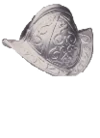
 DM betting ideas if you want
DM betting ideas if you want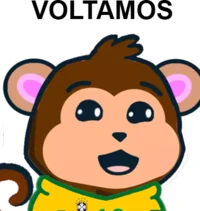




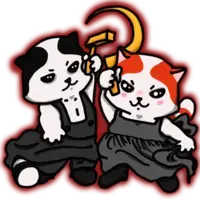 Anarcho-Syndicalist-Trotskyist-Stalinist Cuban Revolutionary
Anarcho-Syndicalist-Trotskyist-Stalinist Cuban Revolutionary 





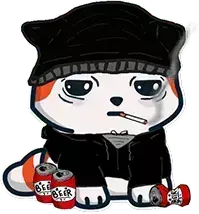



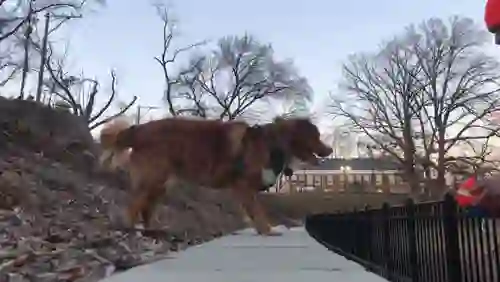







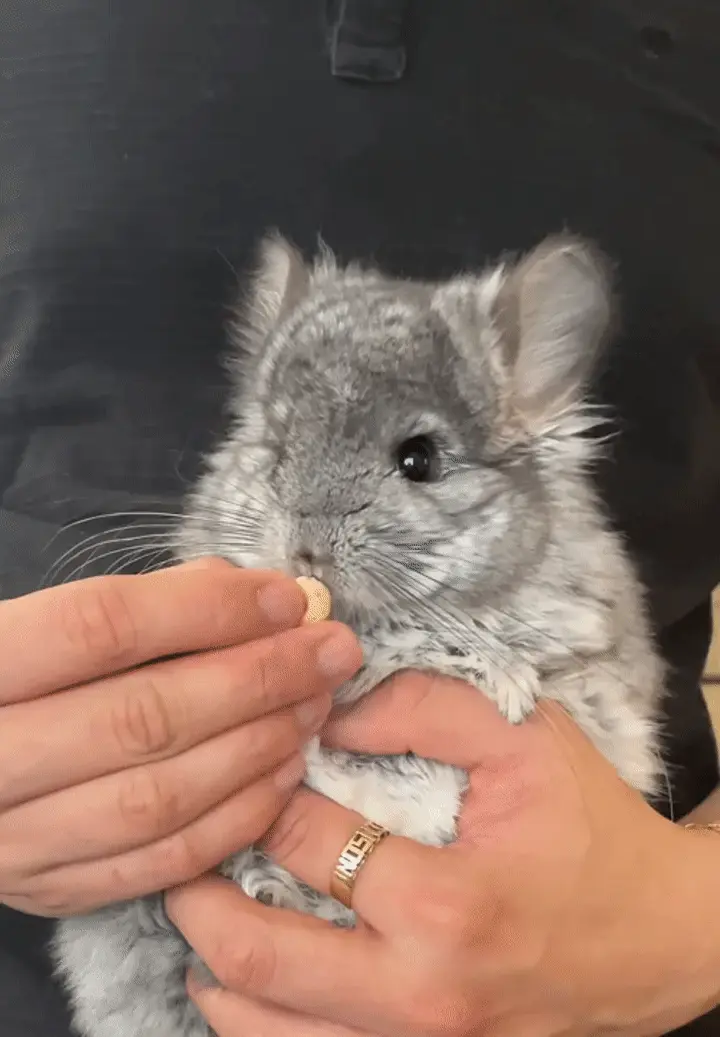
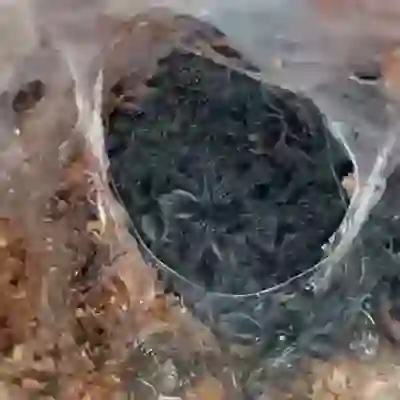


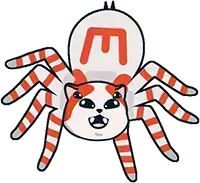
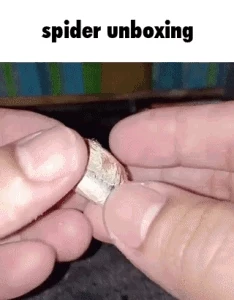](/images/16753566793284817.webp)
 Sleep-eating Mayo
Sleep-eating Mayo 

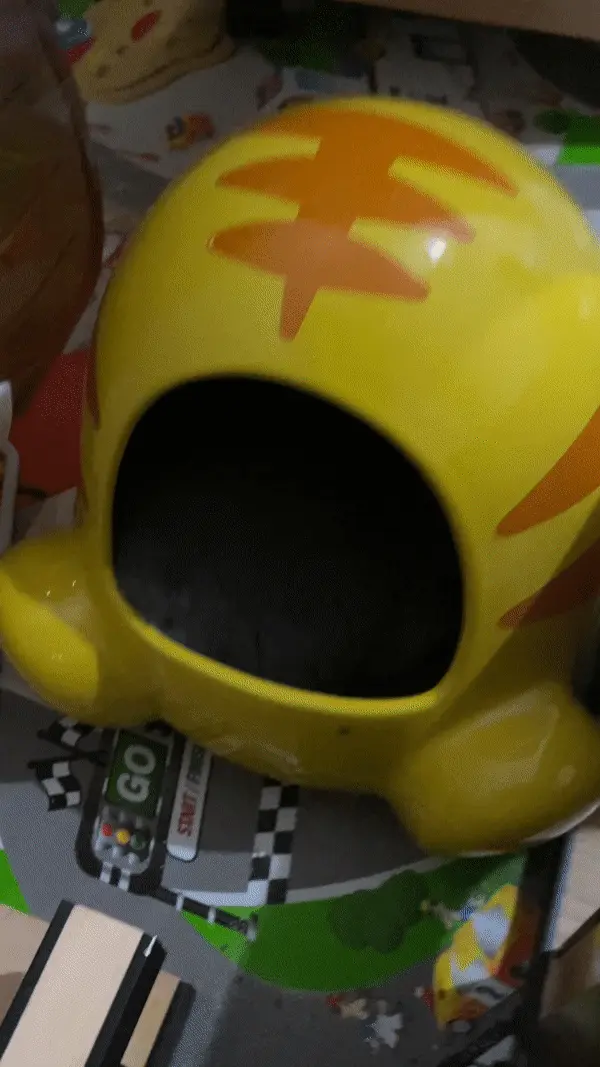



 Hypermuscular Hindu Hridaysamrat
Hypermuscular Hindu Hridaysamrat  just has zero survival instincts or what never seen them come so close to humans. Was following my fingers like it was hypnotized for a bit.
just has zero survival instincts or what never seen them come so close to humans. Was following my fingers like it was hypnotized for a bit. 
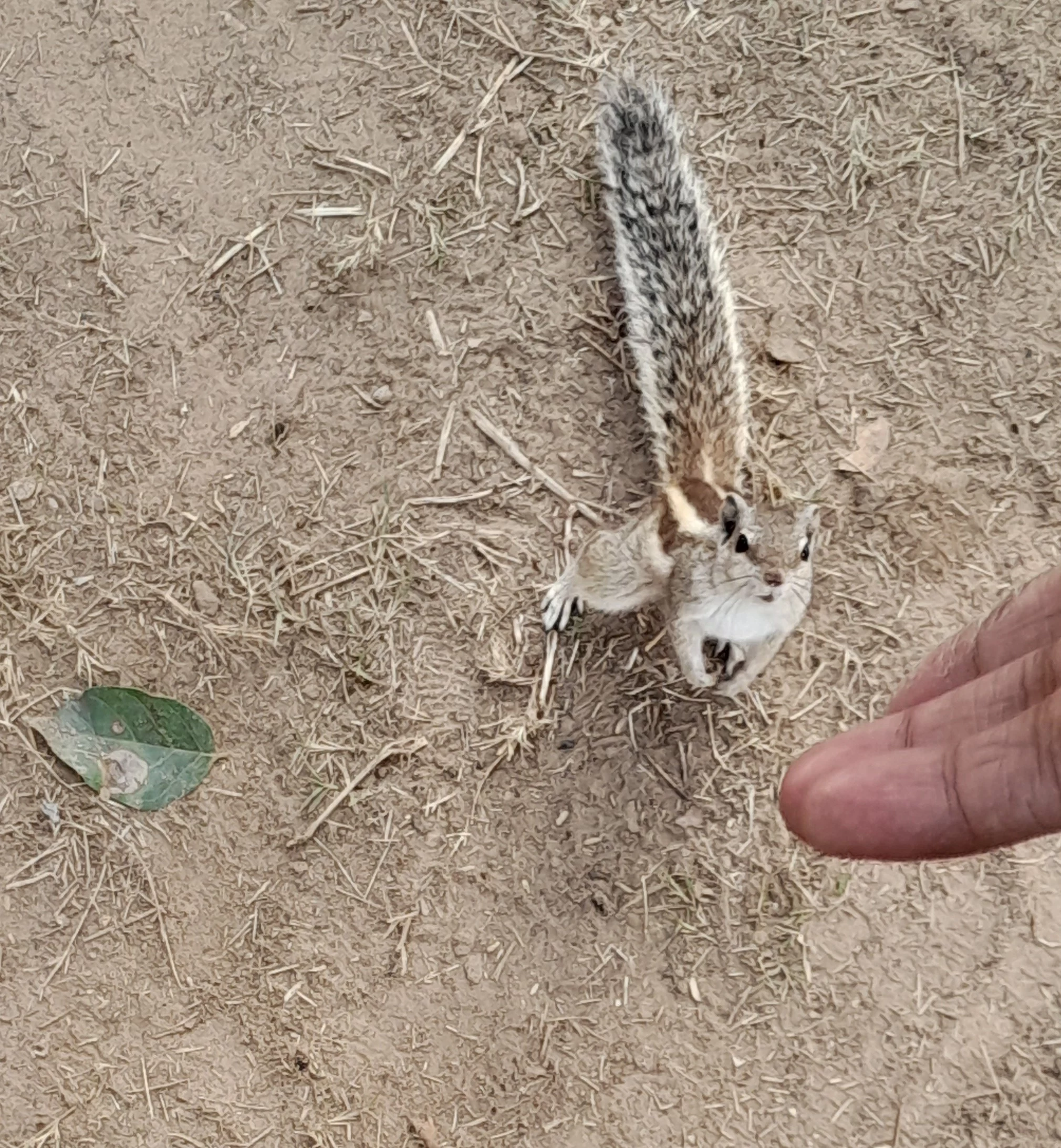](/images/16750984710835395.webp)

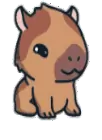


 Big Booty Chinchillas
Big Booty Chinchillas 
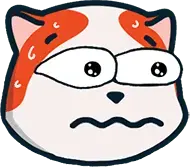
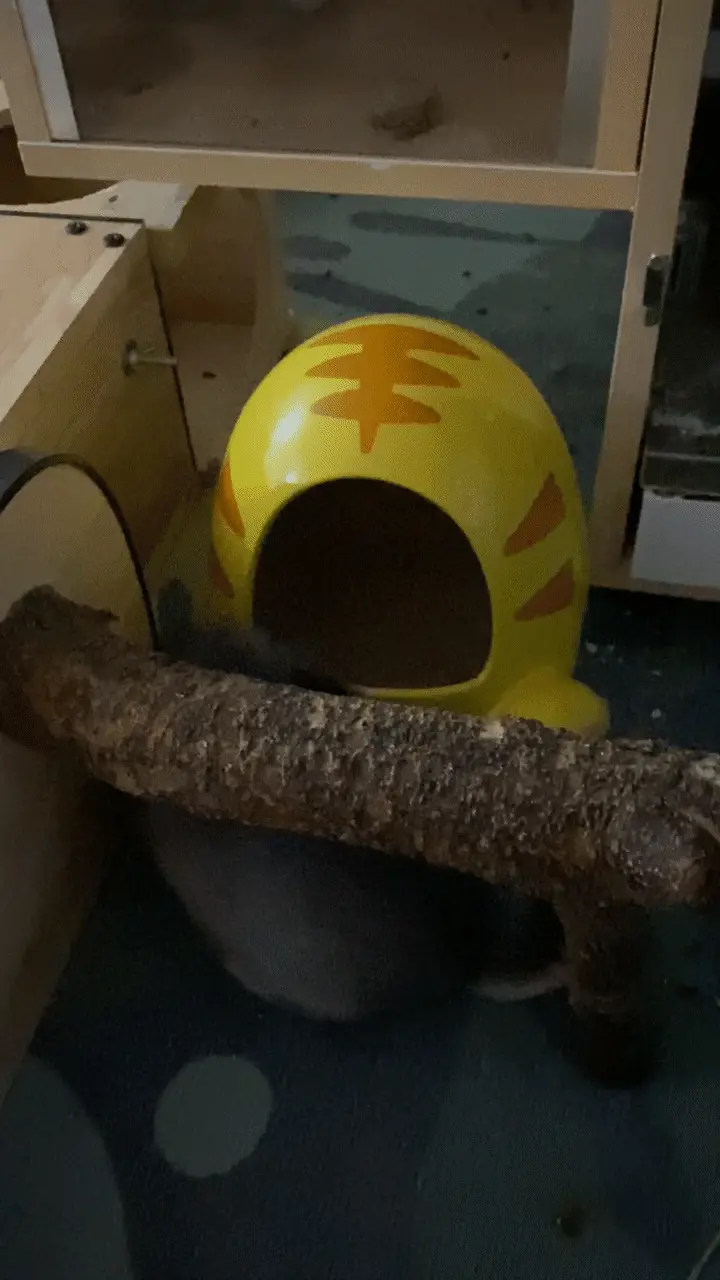




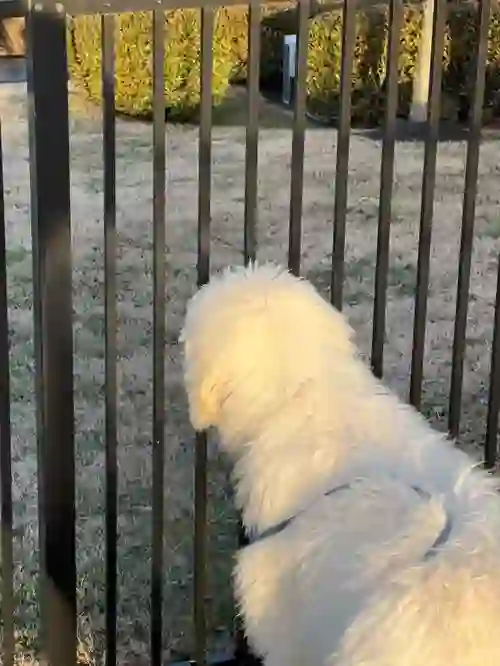

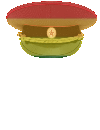

 World’s cutest Bichon Frise
World’s cutest Bichon Frise 

 Whack-A-Mole
Whack-A-Mole 
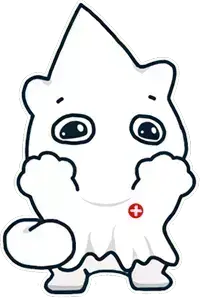
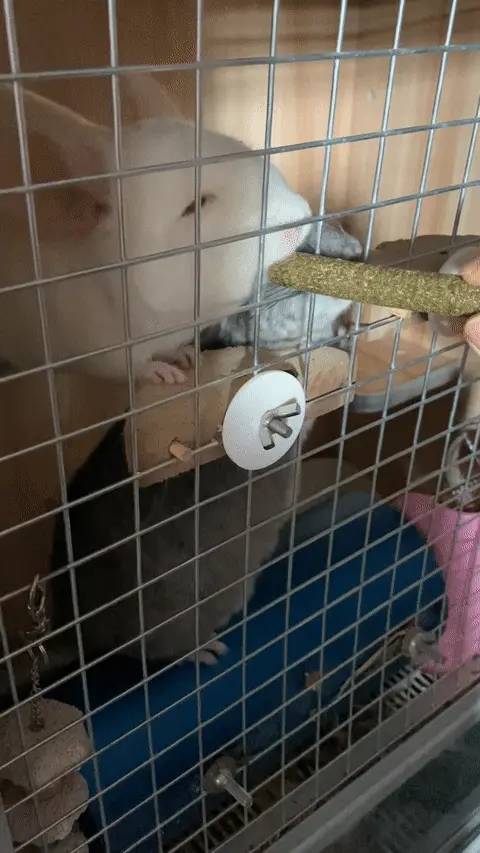




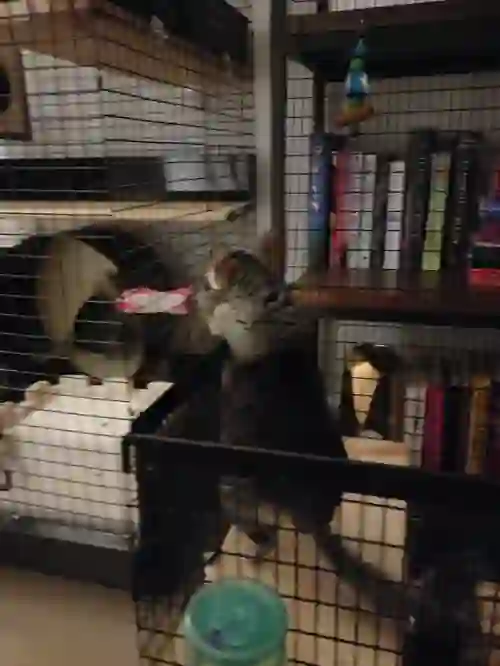


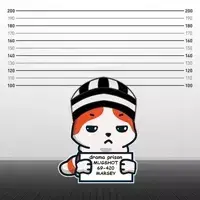


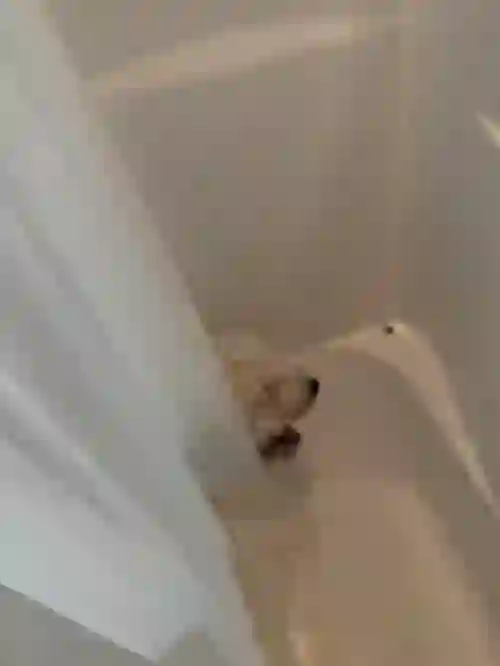

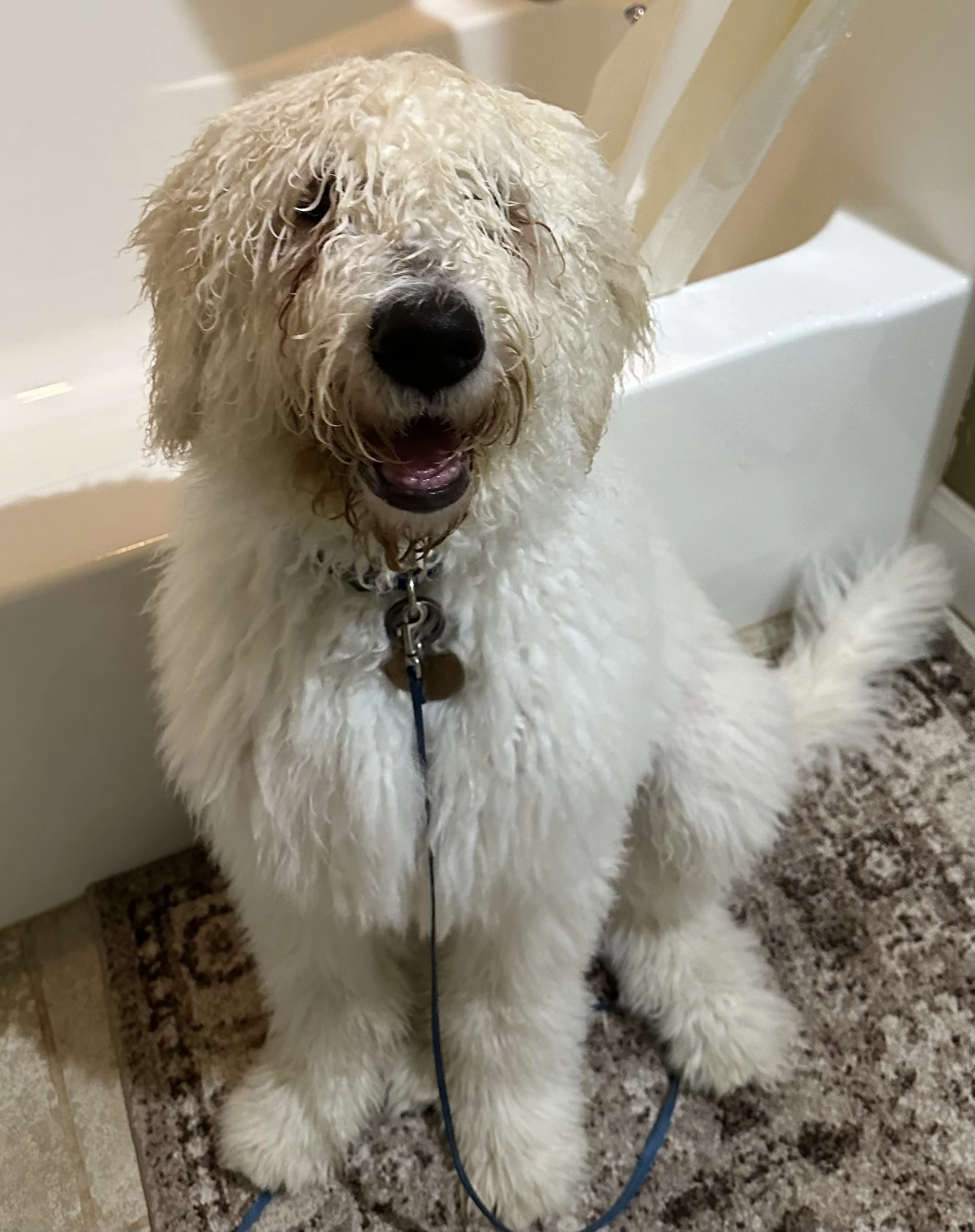](/images/16733244952269108.webp)



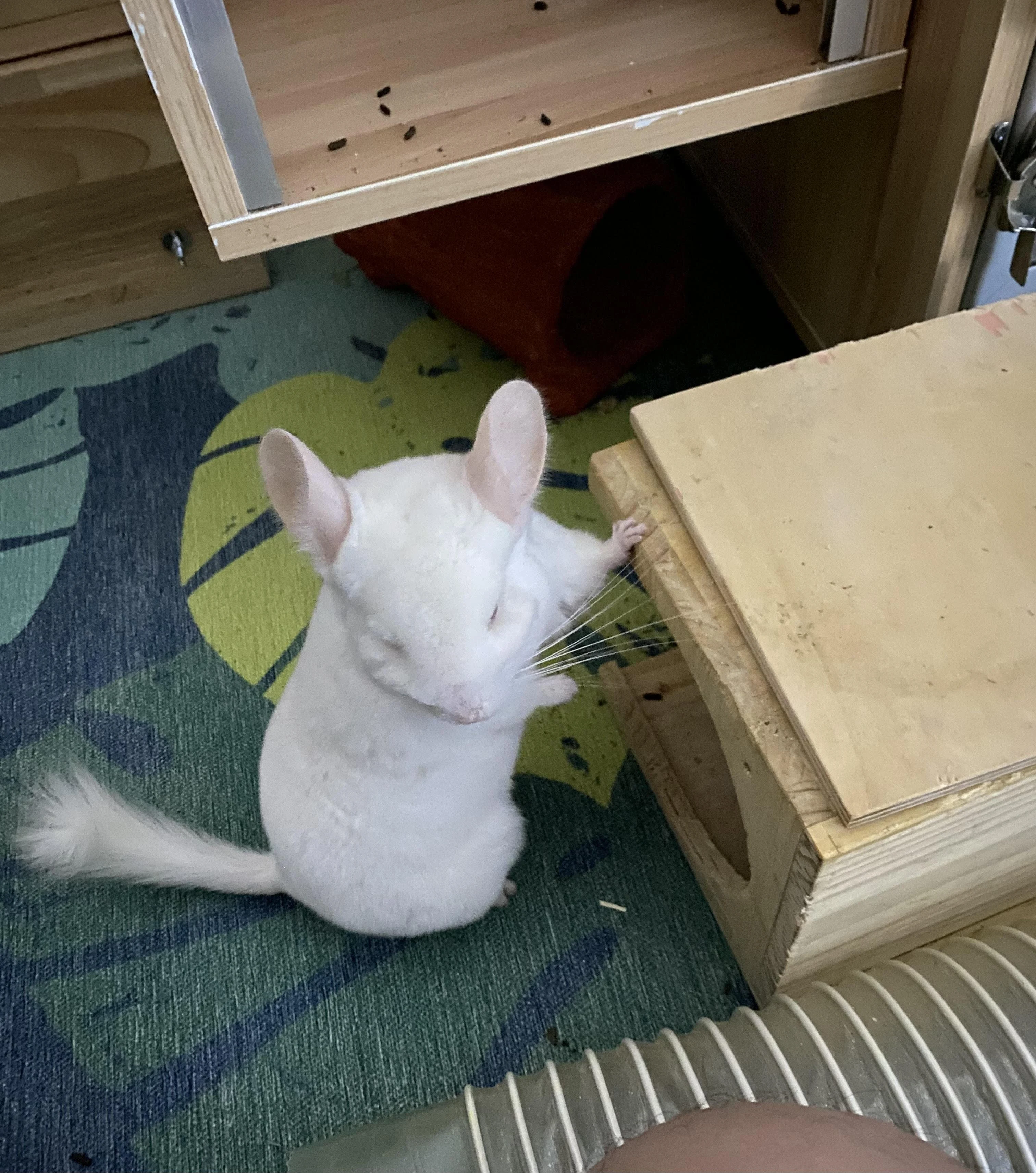
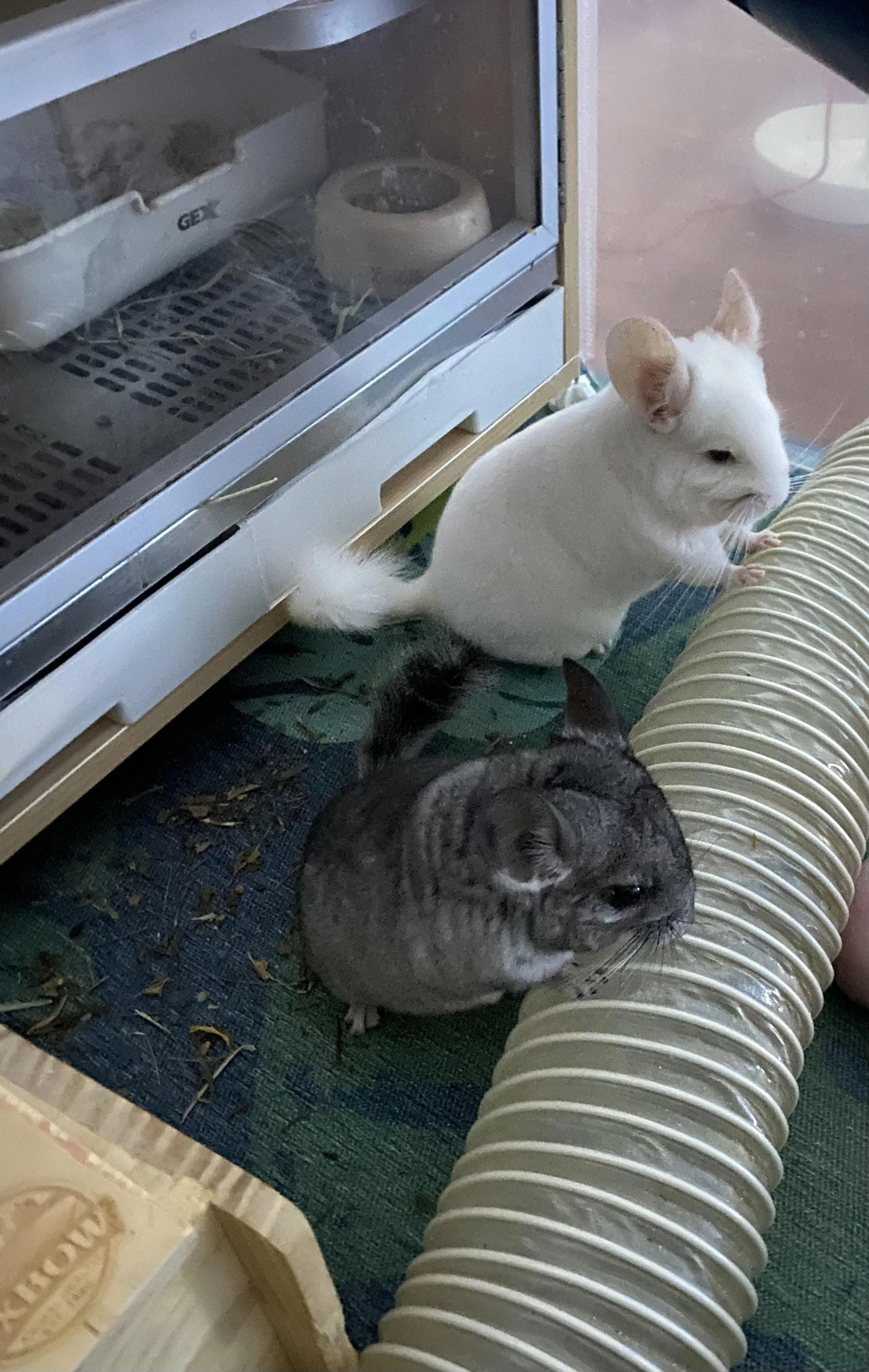
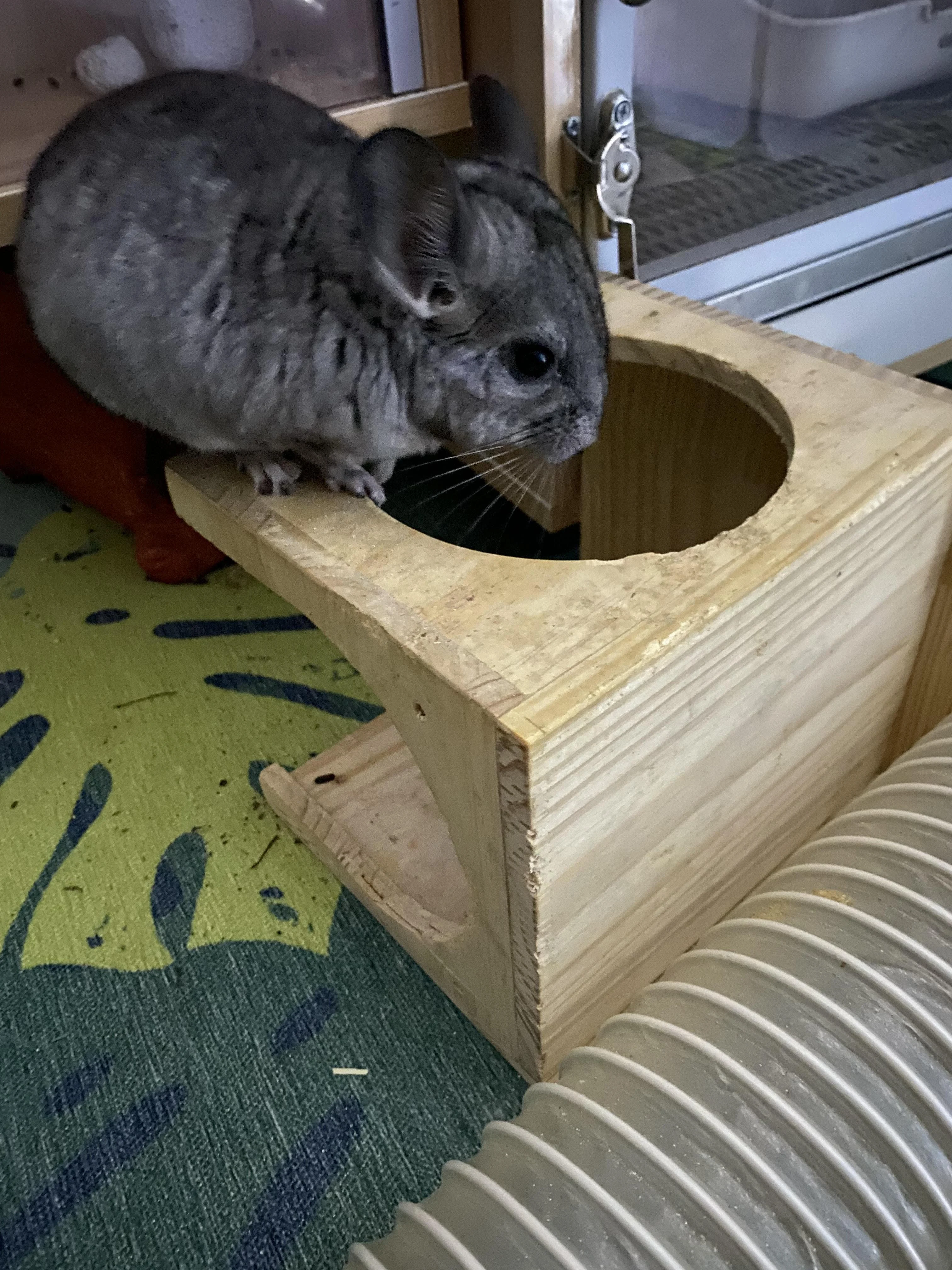
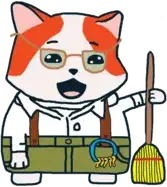 for them they love to hide under or behind the cage to bully me
for them they love to hide under or behind the cage to bully me 